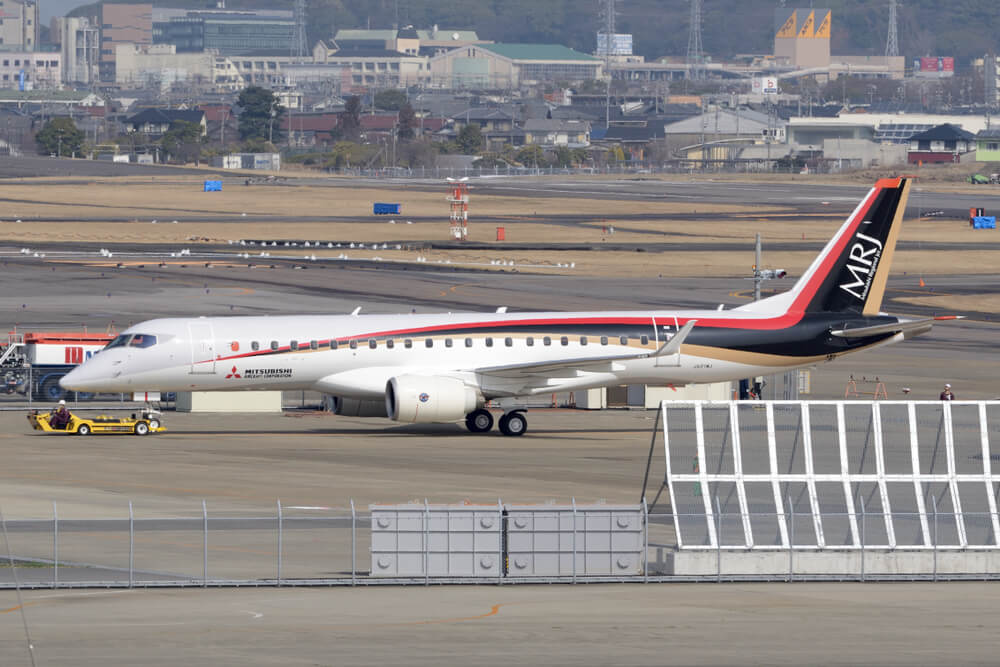The Mitsubishi SpaceJet program has hit road bump after road bump throughout its history. While it has not yet become the Baltia Airlines of aircraft manufacturing, the SpaceJet, which was supposed to enter service in 2013, will be delivered in late-2021 or 2022 to All Nippon Airways after its sixth delay in early-2020.
Nevertheless, in June 2019, Mitsubishi Aircraft Corporation excitedly announced a new member of the yet-to-be family: the SpaceJet M100, a smaller version of the M90 that is specifically configured to be scope cause compliant in the United States. The goal of the Japanese manufacturer was clear – it wanted to attack Embraer and Bombardier, the two dominant forces in the regional market in the United States.
The company opened up headquarters in Renton, Washington, United States, to support its future customers in June 2019. Chief development officer Alex Bellamy stated that it was “strategically important for us to be close to our customers and support that market demand,” as the demand for regional aircraft in North America was set to only grow.
In a move to cut its costs and focus on its key programs, Bombardier, a direct competitor to the SpaceJet program, sold the Canadian Regional Jet (CRJ) program to Mitsubishi. While the former found a lifeline out of its precarious financial position, the latter gained a lot of cement to lay down the foundations for the SpaceJet: a support network.
President and CEO of Mitsubishi Heavy Industries, the parent company of Mitsubishi Aircraft, stated that the purchase represented Mitsubishi’s move to “build a strong, global aviation capability.”
“It augments these efforts by securing a world-class and complementary set of aviation-related functions including maintenance, repair and overhaul (MRO), engineering and customer support.”
The death of a dream
Current coronavirus pandemic cast a shadow of doubt over the future of the formerly-named MRJ program. The company is set to close two of its three North American offices in a bid to cut costs and bring back the process of getting the SpaceJet to fly commercially to Nagoya, Japan, the base of Mitsubishi Aircraft, reported Nikkei Asian Review.
The two locations affected are the United States’ headquarters in Renton, Washington and an office in Quebec, Canada.
The Japanese company will close the deal with Bombardier for the CRJ program on June 1, Mitsubishi announced on May 7, 2020. The CRJ program will operate under the MHI RJ Aviation Group brand name going forward.
However, the aim to attack the North American market with a scope clause compliant M100 is now brushed aside, as Mitsubishi Heavy Industries has conducted a “detailed review of the SpaceJet schedule in view of the severe market conditions facing commercial aviation and test flight-related setbacks.” The company is putting forth “an appropriate budget considering challenging financial headwinds for MHI Group,” indicated the Japanese manufacturer in its latest financial result announcement.
Investments towards the M100 would be reduced by half to about $557 million (¥60 billion).
In FY2019, Mitsubishi Heavy Industries posted a loss of $273 million (¥29.5 billion), while the Aircraft, Defense and Space unit alone lost $1.9 billion (¥208.7 billion).

